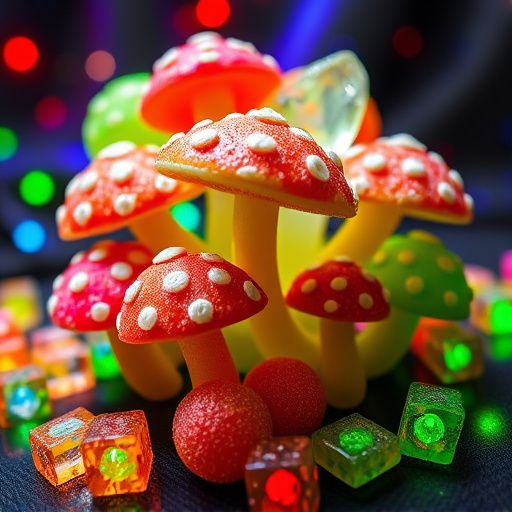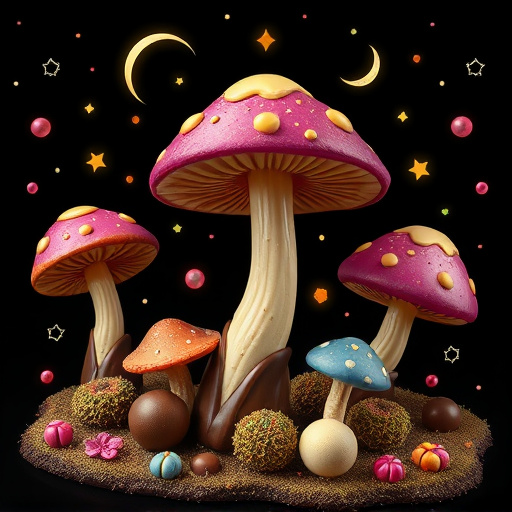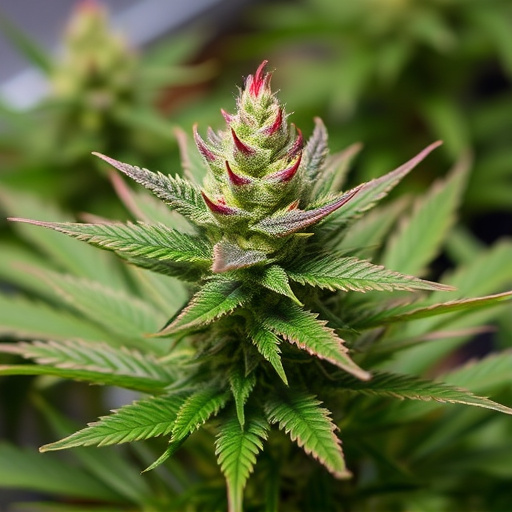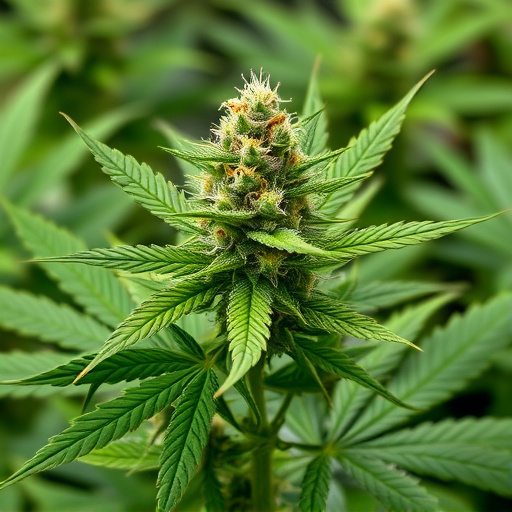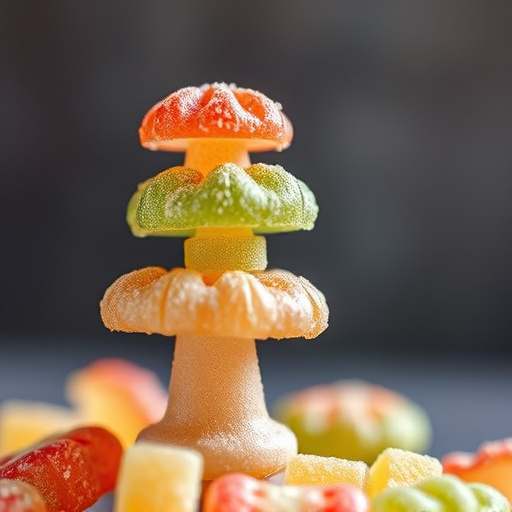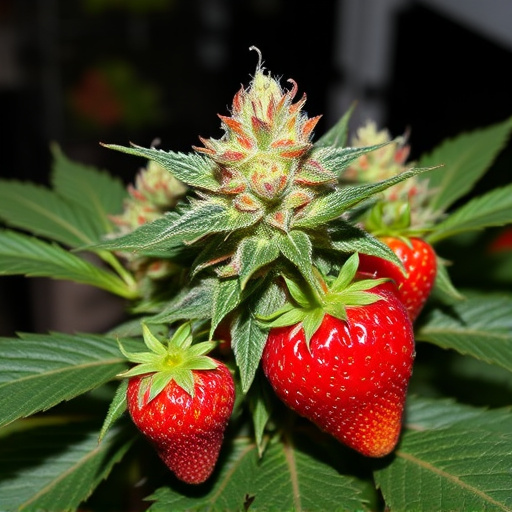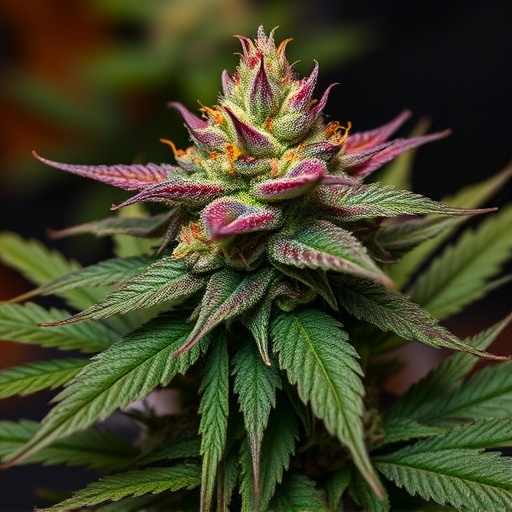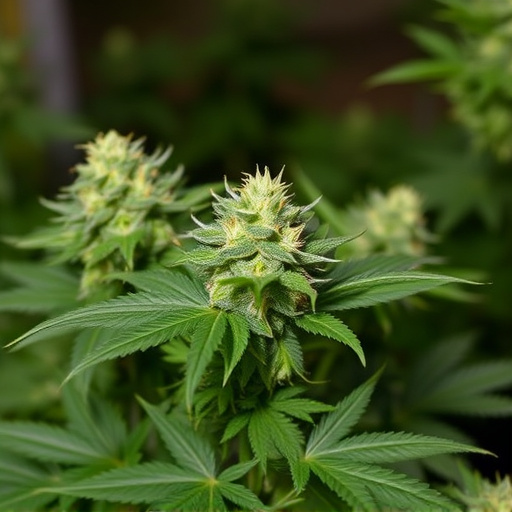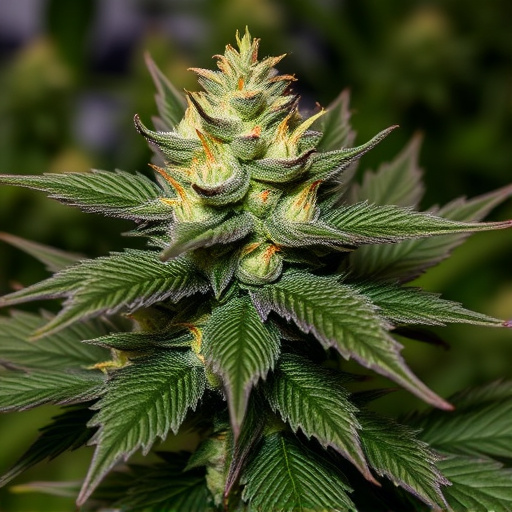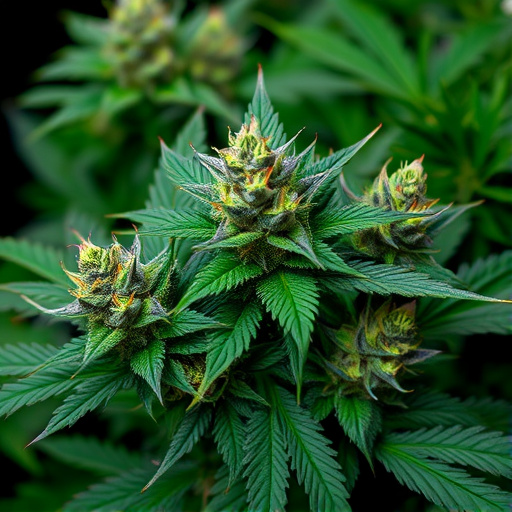Cannabis flowers contain cannabinoids like THC and CBD, along with terpenes, which work together to create diverse effects. Indica-dominant hybrid strains, rich in CBD and specific terpenes, promote relaxation and reduce anxiety, offering calming and mood-enhancing properties ideal for unwinding or managing stress. The emotional impact varies among individuals, influenced by strain composition, personal tolerance, and previous experiences; understanding these factors is crucial for optimizing desired outcomes when using indica dominant hybrid strains.
Cannabis flowers, with their intricate chemical composition, offer a complex interplay of effects on human mood and emotions. This article explores how different compounds within cannabis interact with our brains, focusing specifically on the influence of indica dominant hybrid strains. We’ll delve into the scientific understanding of these plants, their distinct properties, and how they can enhance or alter moods. Additionally, we’ll discuss individual variations in response to cannabis consumption.
- The Chemical Composition of Cannabis Flowers and Their Impact on the Brain
- Indica Dominant Hybrid Strains: Properties and Mood-Enhancing Effects
- Considerations and Individual Variations in Cannabis' Emotional Effectiveness
The Chemical Composition of Cannabis Flowers and Their Impact on the Brain
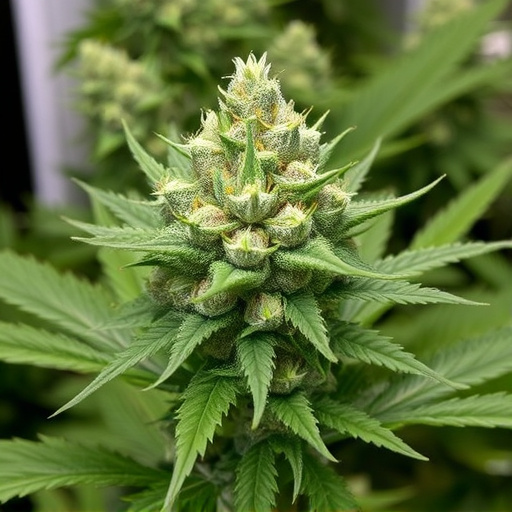
Cannabis flowers contain a complex blend of chemical compounds, including cannabinoids and terpenes, that work together to produce various effects on the human body and mind. Among these, tetrahydrocannabinol (THC) and cannabidiol (CBD) are the most well-known and studied cannabinoids. THC is primarily responsible for the psychoactive effects associated with cannabis use, altering mood, perception, and cognitive functions. It binds to cannabinoid receptors in the brain, triggering a cascade of reactions that can lead to heightened senses, altered time perception, and changes in emotional state.
The impact of cannabis on emotions is influenced by the specific chemical composition of different strains. Indica dominant hybrid strains, for example, tend to have higher levels of CBD and certain terpenes that may promote relaxation and reduce anxiety. These compounds can counteract some of THC’s effects, creating a more balanced mood enhancement. The interaction between cannabinoids and terpenes contributes to the diverse range of experiences users may have, emphasizing the importance of understanding the chemical makeup of different cannabis flowers for those seeking specific emotional or therapeutic outcomes.
Indica Dominant Hybrid Strains: Properties and Mood-Enhancing Effects
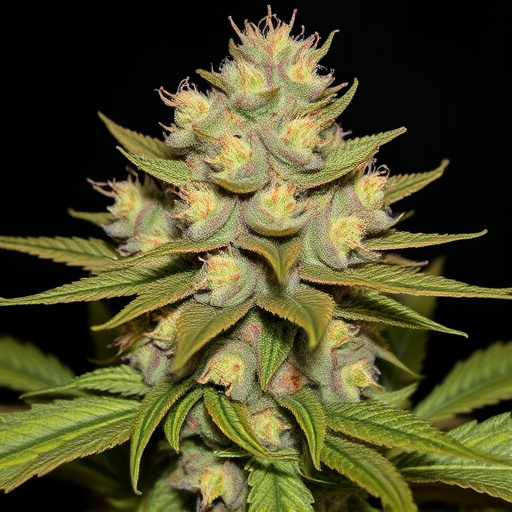
Indica dominant hybrid strains are renowned for their distinct properties that often cater to mood enhancement and relaxation. These varieties typically possess higher levels of cannabidiol (CBD) and tetrahydrocannabinol (THC), the primary psychoactive compounds in cannabis. CBD is known for its calming effects, reducing anxiety and promoting a sense of well-being. Meanwhile, THC stimulates the release of dopamine, contributing to feelings of euphoria and elevated mood.
The specific profiles of terpenes, aromatic compounds in cannabis, also play a crucial role. Indica strains often emit earthy, woody, or fruity aromas that can create a soothing ambiance. These scents have been linked to reduced stress levels and enhanced emotional comfort. Many users report that indica dominant hybrids provide a relaxing, tranquil experience, making them popular choices for unwinding after a long day or for those seeking relief from stress-related conditions.
Considerations and Individual Variations in Cannabis' Emotional Effectiveness
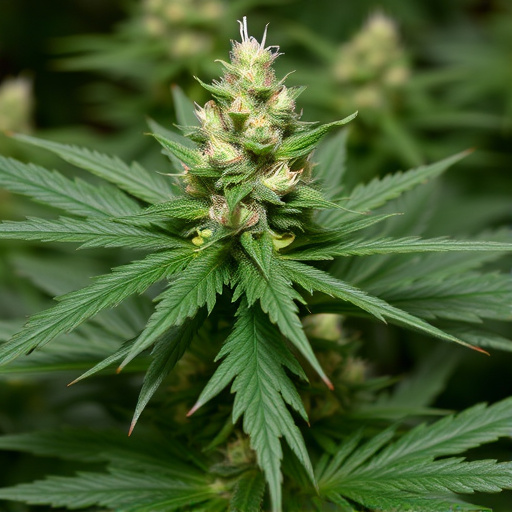
The emotional impact of cannabis flower can vary greatly from person to person, and several factors play a role in this variability. One significant consideration is the type or strain of cannabis consumed. Indica dominant hybrid strains, for instance, are known to have distinct effects on mood due to their unique chemical composition. These strains often contain higher levels of CBD (cannabidiol) and specific terpenes that can interact with the body’s endocannabinoid system to induce feelings of calmness, relaxation, and even euphoria in some users.
Individual differences in tolerance, previous experiences with cannabis, and personal emotional states can all influence how one reacts to its consumption. Those new to cannabis or those with lower tolerances might experience more pronounced emotional effects, while regular users may have built up a tolerance, leading to less noticeable changes in mood. It’s essential to consider these variations when exploring the emotional benefits of cannabis, as personalized approaches and strain selection can optimize the desired outcomes.
Cannabis flower’s effect on mood and emotions is a complex interplay between its chemical composition and individual variations. Understanding the specific compounds, such as cannabinoids and terpenes, within different strains, particularly indica dominant hybrid varieties, offers valuable insights into their mood-enhancing properties. While research continues to explore these effects, considering individual tolerances and responses is essential for navigating cannabis’s emotional impact effectively.
